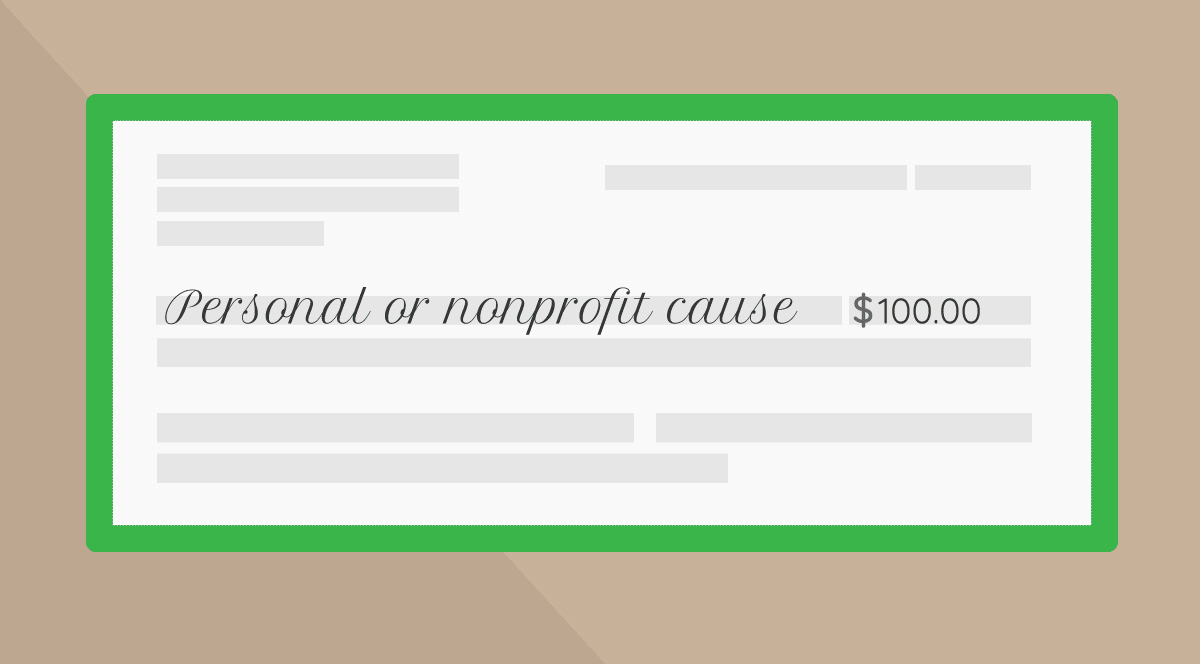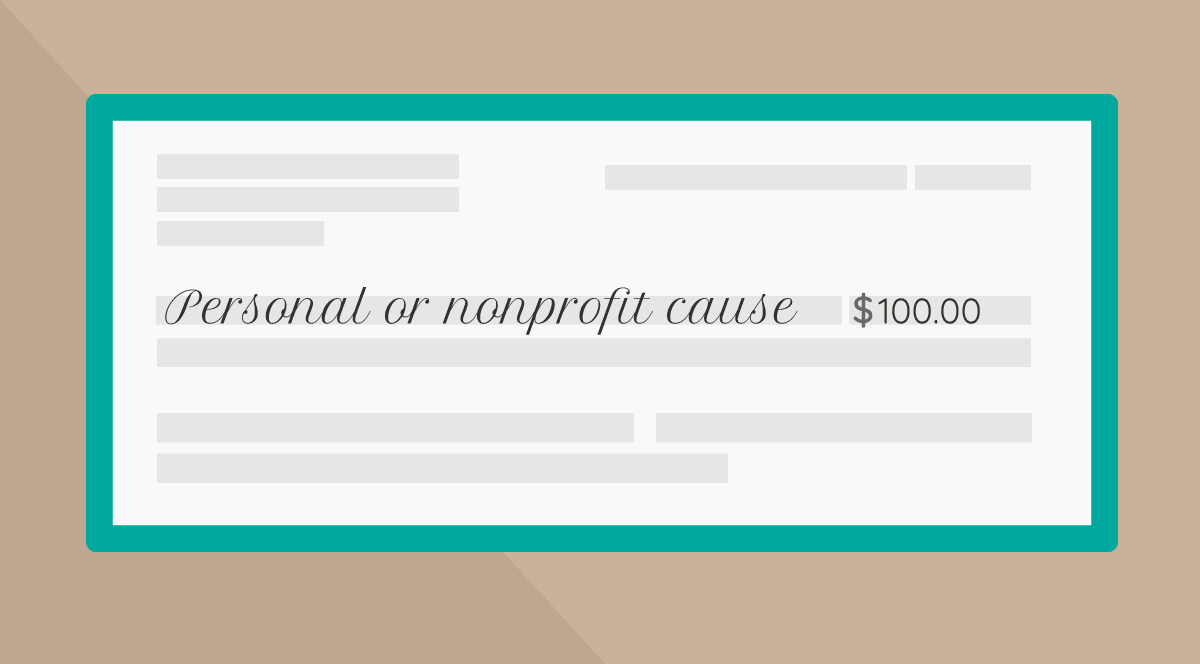Here’s How Far a $100 Donation Will Go on 4 Popular Crowdfunding Platforms

Penny Hoarder senior editor Caitlin Constantine didn’t create a Facebook invite for dinner and drinks for her birthday this year. Instead, she started a fundraiser using Facebook Payments for relief in Puerto Rico after Hurricane Maria destroyed much of the island’s infrastructure.
In 11 days, 21 of Constantine’s Facebook friends donated $760 — short of her $2,000 goal, but a significant amount for what she considered to be an easy process.
Compare that with a couple of years ago, when Constantine raised $1,000 for Free to Run, a nongovernmental organization that promotes sports for women in conflict zones. Although she used her blog and social media accounts to promote it, raising that money took months.
Of the $760 she raised for Puerto Rico relief with Facebook Payments, about $716 of it went to the nonprofit.
So, where did the other $44 go?
How Much of Your Donations Do Crowdfunding Platforms Take?
For many, using online platforms to raise money — be it for a cause, medical bills or to start a business — has become a way to quickly cover costs.
But does the convenience they bring mean less of your money goes to your cause?
We looked at four popular crowdfunding methods to find out.
Facebook Payments

If you’re looking for a way to reach a large number of people in a short amount of time, Facebook Payments can be a great option.
When you create a fundraising campaign, you have the option to invite your friends to donate and share it on your news feed. You can create campaigns for yourself, a friend or a nonprofit.
The payments are integrated with PayPal, making it easy for people to donate. The payment processor, Stripe, doesn’t deposit donations into the beneficiary’s account until six days after they are received –– and that doesn’t include the time it takes for banks to process the payments.
Donations to personal causes are charged a 6.9% fee plus 30 cents. Fees for donations to nonprofits, on the other hand, range from 5-5.75%.
That means for a single $100 donation to a personal cause, $92.80 goes toward the cause. For a $100 donation to a nonprofit, $94.25 to $95 would go toward it.
According to Facebook’s fundraisers section, all fees cover payment processing, operations and fraud protection.
GoFundMe

Another one of the most popular personal fundraising platforms is GoFundMe. According to its website, the platform has helped people raise more than $4 billion since it launched in 2010.
According to its pricing page, 5% of donations go directly to GoFundMe, and 2.9% plus an additional 30 cents per donation goes toward processing. Beneficiaries can access donations at any time throughout the campaign.
Based on a $100 donation, about $91.80 would actually go toward your cause.
GoFundMe also advertises that it has no penalty for missing your goal, as well as no deadlines or requirements. The platform accepts major credit and debit cards as forms of payment from donors.
CrowdRise

This platform empowers users to create fundraisers that directly benefit their charity or brand of choice. On CrowdRise, which is a part of GoFundMe, you cannot create fundraisers for personal benefit.
There are no goal or deadline requirements with CrowdRise, but the company still encourages you to set them to create momentum and track milestones.
The timing of when your charity receives funds raised depends on what payment processor you use. For example, if your organization receives the money via Network for Good, a third-party software company that delivers funds via check, it will receive funds on the 15th of the following month. For example, you’d receive funds raised in March on April 15. If it’s set up through WePay, you can choose daily, weekly or monthly transfers.
The fees for CrowdRise sound big at first: The platform fee is 3-6%, depending on the pricing plan the company has chosen, plus 30 cents, and there’s an additional 2.9% processing fee per donation. If the donation is under $1,000, though, CrowdRise gives donors the option to cover the fees themselves, instead of taking it out of the donation.
Based on a $100 donation, about $90.80 to $94.10 would go to your cause, should your donor choose not to cover the fees. If the donor does cover the fees, the charity will receive the full $100.
YouCaring

YouCaring is free to use, meaning it charges zero platform fees. You can create fundraisers for both personal and charitable causes. However, it still charges for the WePay and PayPal processing fees that it says are “unavoidable.” Those fees are 2.9% plus 30 cents per donation.
Based on a $100 donation, $96.80 would actually go toward your cause.
So What’s the Best Crowdfunding Site?
Depending on what you’re raising money for –– whether it’s for yourself or a charitable cause –– there are many routes you can take when it comes to setting up an online fundraiser.
If you want the potential to keep up to 100% of the donations to your cause, CrowdRise may be your best option –– but keep in mind, you cannot create a personal fundraiser on the platform. If you need the money, YouCaring is probably the best crowdfunding site for you based on its low fees.
No matter what platform you choose, though, with organization, promotion and persistence, any of these platforms can bring you success.
Kelly Smith is a junior writer and engagement specialist at The Penny Hoarder. Catch her on Twitter at @keywordkelly.
















